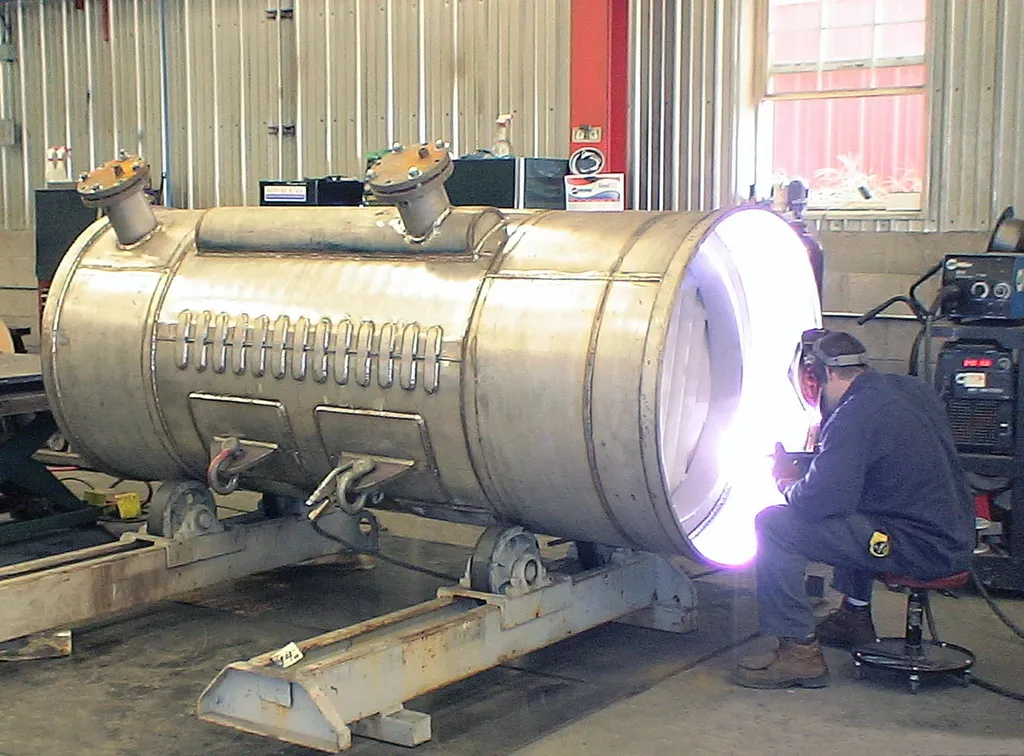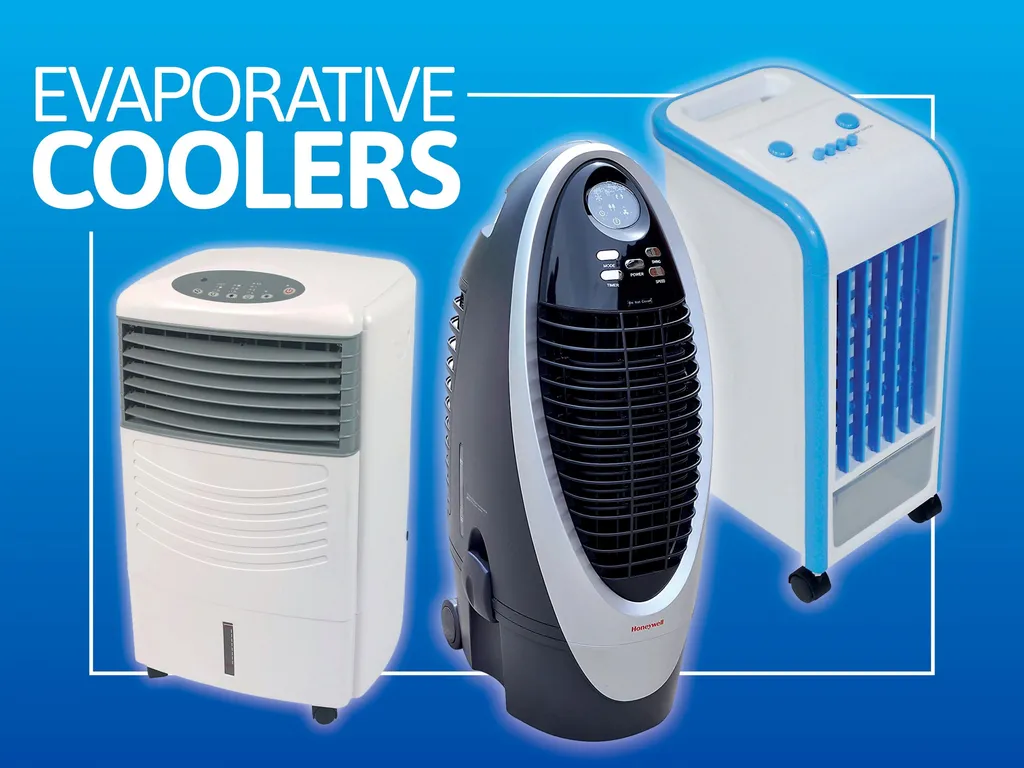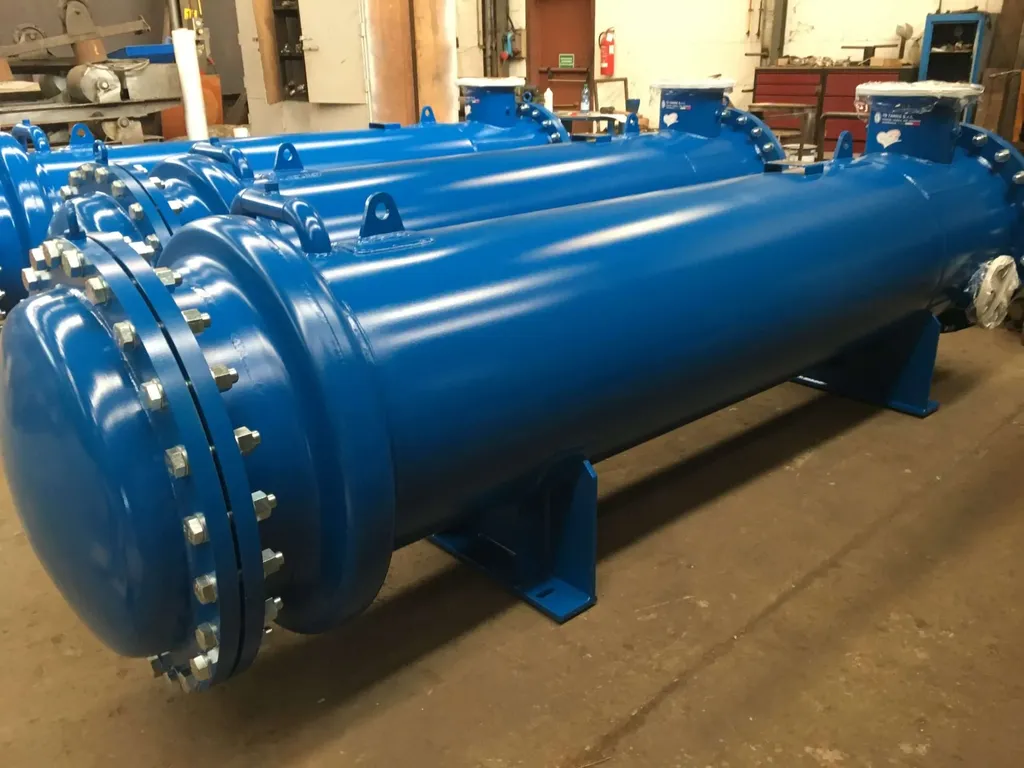What if you could perfectly tailor your cooling solution to your specific needs? The world of air coolers can feel overwhelming at first glance. But understanding the key variations empowers you to make informed choices. Kaltra, an international company, stands at the forefront of cooling technology, manufacturing energy-efficient chillers, free cooling systems, precision air conditioners and microchannel heat exchangers for data centers and industry. Based in Munich and operating in over 60 countries, Kaltra’s focus on environmental friendliness and reliability makes them a valuable resource when considering the best cooling options.
Understanding the Fundamentals of Air Cooling
Before we delve into the difference between air cooler types, let’s clarify the basic principles. Air cooling relies on the evaporation of water to lower the temperature of air. A typical air cooler draws in warm air, passes it through a moistened cooling pad, and then blows out cooler air. The effectiveness of this process depends on factors like the ambient temperature and humidity. Drier climates generally experience more significant cooling effects, while high humidity can reduce efficiency.
Direct vs. Indirect Evaporative Cooling
One key distinction lies in how the water interacts with the air. Direct evaporative coolers directly expose the air stream to the water-soaked cooling pad. This method is highly effective at reducing air temperature, but it also increases humidity. Think of it like standing near a waterfall you feel the cool mist, but also the increased moisture in the air.
Indirect evaporative coolers, on the other hand, cool the air without adding moisture. How does this work? These systems use a heat exchanger to cool the air indirectly. Water evaporates on one side of the exchanger, drawing heat away from the air flowing on the other side. This results in cooler, drier air, which is particularly beneficial in environments where humidity control is crucial.
Single-Stage vs. Two-Stage Evaporative Cooling
The number of cooling stages also creates a difference between air coolers. Single-stage coolers use a single cooling pad to evaporate water and cool the air. They are simple and cost-effective, making them suitable for many applications.
Two-stage coolers, as the name suggests, incorporate two cooling stages for enhanced performance. In the first stage, air is pre-cooled using indirect evaporation. Then, in the second stage, the pre-cooled air passes through a direct evaporative cooling pad. This multi-stage process allows for lower air temperatures and greater cooling efficiency, particularly in hotter and more humid conditions.
Portable vs. Whole-House Air Coolers
Another consideration is the scale of the cooling system. Portable air coolers are designed for individual rooms or small areas. They are compact, easy to move, and typically require minimal installation. These are often the go-to choice for smaller spaces or for targeted cooling.
Whole-house air coolers, also known as swamp coolers, are designed to cool an entire building. They are typically mounted on the roof or in a window and connected to the building’s ductwork. Whole-house coolers are more powerful and efficient for cooling larger spaces, but they also require professional installation.
Material Matters
Beyond the core functionality, materials play a role in the longevity and effectiveness of an air cooler. The cooling pads themselves can be made from various materials, each with its own advantages. Cellulose pads are common and cost-effective, but they may require more frequent replacement. Rigid media pads, made from treated paper or synthetic materials, offer greater durability and resistance to degradation.
The housing of the air cooler also influences its lifespan. Plastic housings are lightweight and corrosion-resistant, while metal housings offer greater structural integrity. Choosing the right materials based on your environment and usage patterns can extend the life of your air cooler.
Kaltra’s Contribution to Efficient Cooling
Kaltra’s expertise in manufacturing energy-efficient chillers, free cooling systems, precision air conditioners, and microchannel heat exchangers highlights the importance of understanding the nuances of cooling technology. Their commitment to environmental friendliness underscores the need to select cooling solutions that minimize energy consumption and environmental impact. When evaluating the differences between air coolers, consider Kaltra’s offerings for industry and data centers as examples of cutting-edge technology designed for optimal performance and sustainability.
Making the Right Choice
So, which type of air cooler is right for you? The answer depends on a variety of factors, including your climate, the size of the space you need to cool, your budget, and your desired level of humidity control. By understanding the key variations in air coolers, you can make an informed decision and choose a solution that perfectly meets your needs. And remember, companies like Kaltra are constantly innovating to bring you even more efficient and environmentally friendly cooling options. The perfect cooling solution is out there; it just requires a little understanding.


